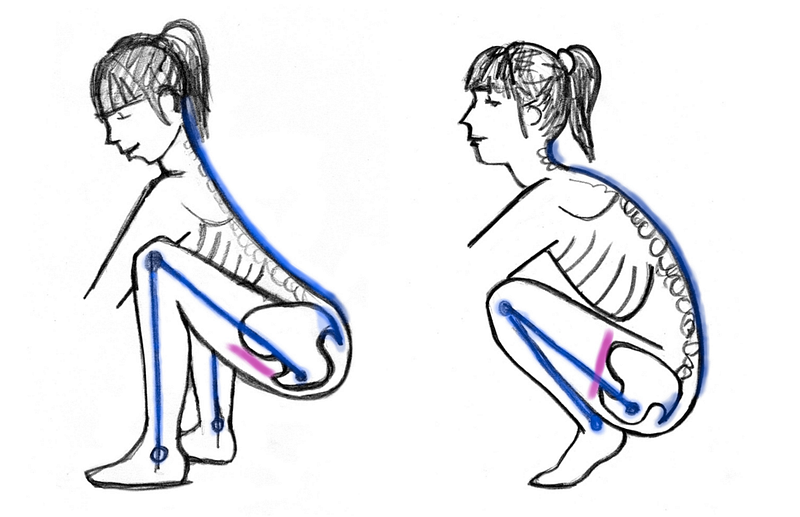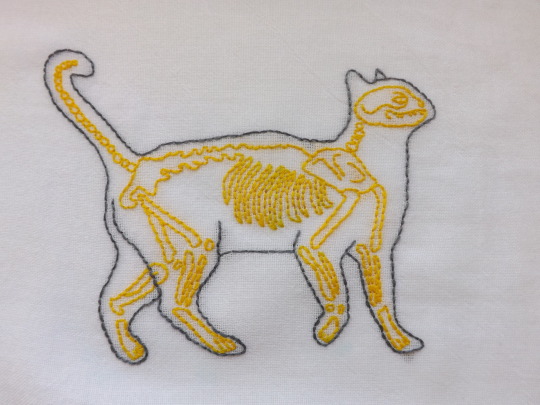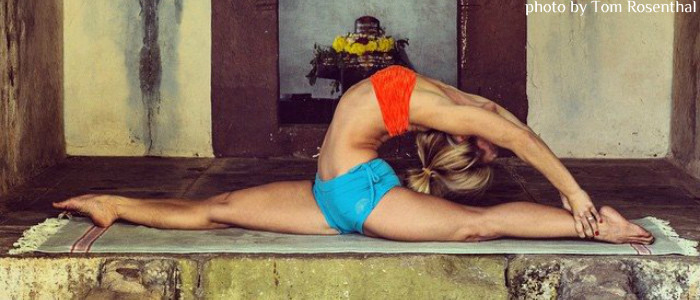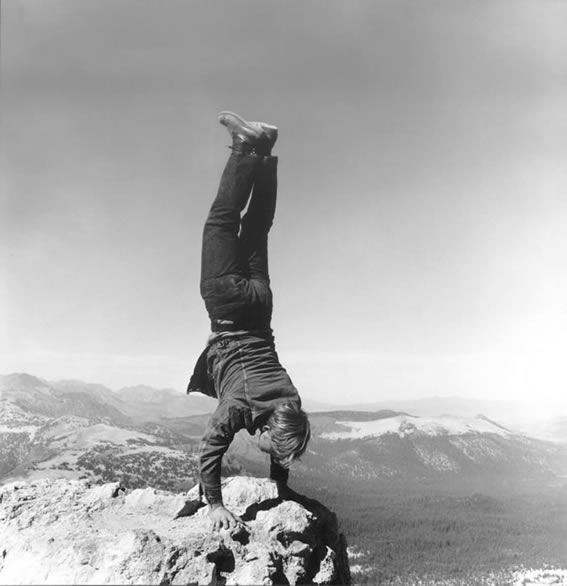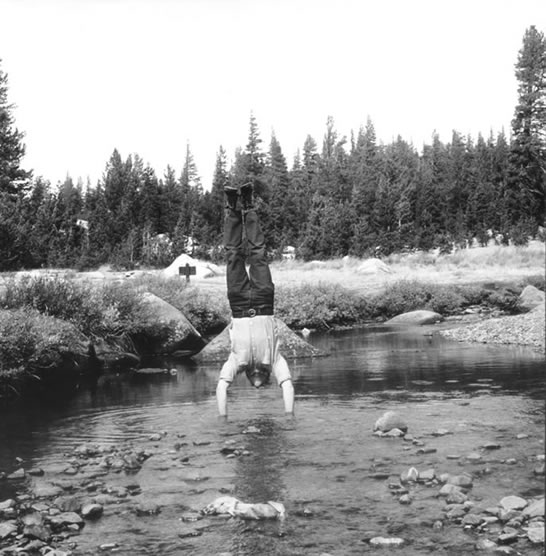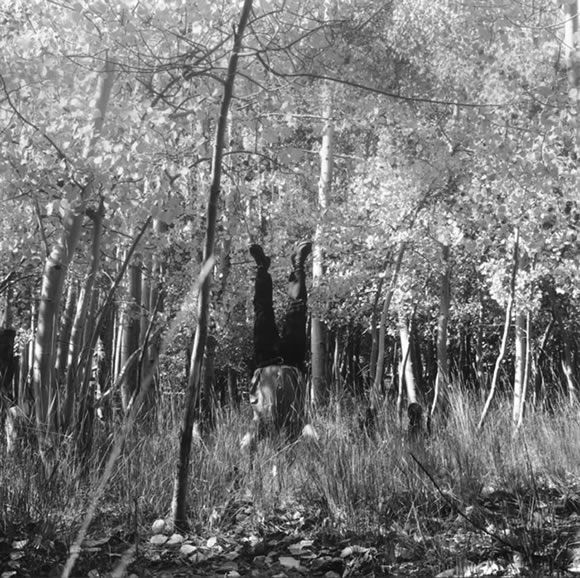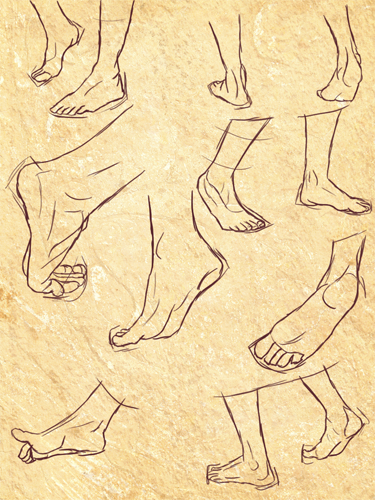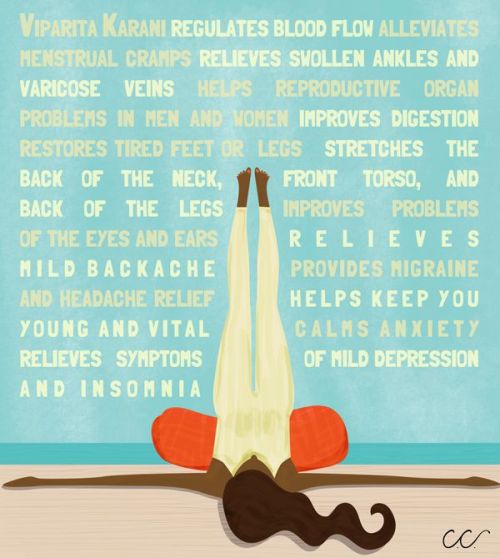I’ve recently been introduced to the teaching of Diane Bruni by Rachel Johnston (who provides endless movement and teaching inspiration, and reminds me to keep questioning everything!) Diane has these wise words on her website:
‘WHAT ARE WE ACTUALLY TRAINING INTO OUR BODIES?
This is a question I ask every time I practice and teach. If what we’re training into our bodies does not enhance the movements of daily life, why would be practice them? Why not practice the poses and movements that will reinforce the patterns that we were designed to move in. Instead of standing on our heads and risking neck injury, why not learn to walk well? Instead of forward folding with straight legs and putting strain on the lower back why not learn to squat well? The list goes on.’
What I teach is not static or set in stone. I don’t stick to one ‘system’ and I am learning to constantly question and re-question what I am teaching. This means that under the umbrella of yoga, my classes are influenced by anything that has inspired me to move better, and that I want to pass on to others to help them move better and be more aware of their bodies. This can be yoga, or most recently The Feldenkrais Method, Katy Bowman, Gary Ward, and Somatics. This also means a lot of unlearning of things I was previously taught (namely alignment cues, and what I am training into my own body) , things that I had previously never questioned. Rachel Johnston sums this up perfectly (full post here):
‘You as practitioners and we as teachers should never stop questioning and exploring in this kind of work. Half of what we think we know (and teach) is most likely misguided or wrong, and we are never going to find out which half without challenging perceived wisdoms.’
Here’s a more natural way of positioning the hand in Downward dog taken from Diane’s website (you can read Diane’s full ‘hand rant’ here), which challenges the traditional alignment cues given in most yoga classes:
Give it a go and notice if and how it changes the pose for you.
